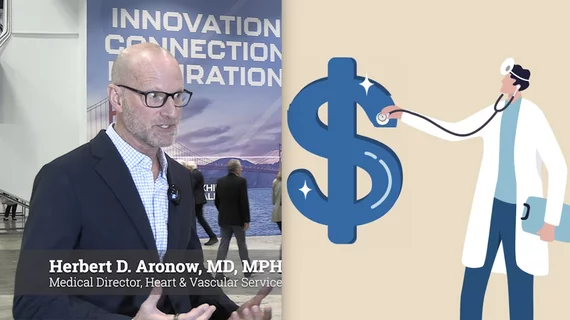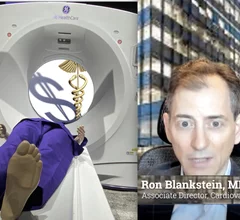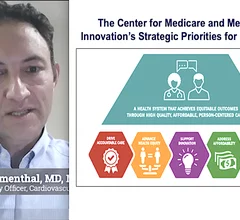Revenue & Reimbursement
Healthcare reimbursement is payment that a hospital, diagnostic imaging facility, subspecialty department or healthcare providers receive for performing a service. This also includes individual radiologist or cardiologist reimbursement and billing and coding rules for submitting claims.
Displaying 105 - 112 of 271













